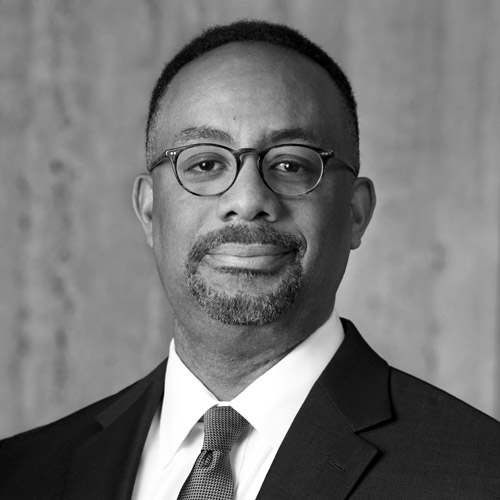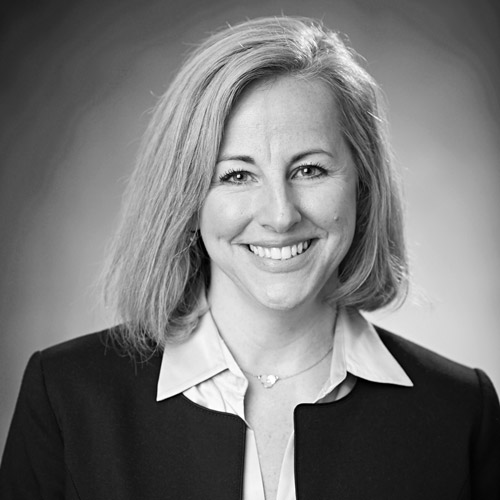When Michael Smith, global head of digital innovation and global business services, became chief information officer of Mylan, he brought twenty-two years of IT experience from Nike, where he had helped the company expand to become a global brand. Although the two organizations operate in radically different industries, Smith found similar circumstances and challenges at both companies.
Mylan began as a West Virginia-based drug distributor and had grown to a $7 billion company that produces more than 2,000 different medicines that treat hundreds of diseases. An important part of its growth had been an aggressive mergers and acquisitions strategy, but the IT organization had not grown enough to keep pace with the needs of global operations.
One critical shortcoming for Mylan was a lack of true business intelligence capabilities. Smith explained the situation to the Argyle Journal: “We had a group that we called our business intelligence team, but it was comprised of only two people who worked in finance IT … Because we didn’t have the right technology or ability within it, we weren’t necessarily getting the insights needed to be agile and make informed decisions.”
He also inherited siloed systems that had resulted from building one-off point solutions. When information was needed from them, links were created to access data, but without integration into a larger framework or strategy.
To address these and other issues, Smith transformed the IT department and its culture. He tapped senior executives and technologists from AIG, Amazon, Aviva, Costco, The Estee Lauder Companies, Nike, and even one of Mylan’s largest competitors to supply needed expertise and fresh perspectives to the company’s growing IT architecture, integration strategy, digital innovation, enterprise business analytics, and numerous other successful
IT improvements.
Smith has described the overhaul this way: “We brought in people who knew business analytics, business intelligence, integration, and master data management …[It was] as if we’ve gone from 1995 to 2020 in just a few months.”
In addition to changing IT capabilities, he also had to change its culture. When he arrived, it consisted of two different groups: legacy employees, who were, in general, resistant to change, and newer employees who had come to the company through acquisitions and were more responsive to challenges.
Smith increased engagement with both groups and built up internal skills and expertise with events such as the “Lion’s Den,” in which employees presented innovative ideas in a format like the TV show Shark Tank. Other key examples were the hackathons, some of which were described as challenges to design solutions that address changing healthcare needs by providing the most timely information possible. The hackathons also provided opportunities to build relationships with regional colleges and universities that raised Mylan’s profile as an employer of choice and tapped into fresh
IT talent.
As Mylan began the process of updating its IT department to better serve its business needs, Smith was also adapting to the evolution of technology and the changing dynamic of the CIO’s roles.
Smith sees developments like consumer-friendly enterprise class systems and ubiquitous mobile access shifting responsibilities to being strategic business advisors.
In an interview with Jill Dyché, author of The New IT: How Technology Leaders Are Enabling Business Strategy in the Digital Age, Smith commented, “I believe there’s going to be two [CIO] models: a broker model, [where we handle] enterprise class systems, and one where technology is at the front end . . . Really good CIOs will do all of those because there will be a constant state of change.”
Mylan has followed several key guidelines as it transforms IT to better serve as a company business partner, in part by constantly examining whether the solutions it developed were truly bringing value and advancing important business objectives set in place. Smith applied the same criteria to assessing IT’s overall portfolio. By reprioritizing and implementing a formal portfolio management process, Mylan was better able to free up resources in order to invest back into new, more aligned capabilities. Lastly, it ensured that employees had the necessary skills for the tasks at hand. This required developing more employee creativity, additional organizational awareness, and orientation toward business results.
In an article he wrote for CIO Review, Smith summarized IT’s transformational mission: “IT must redefine its role in business and move beyond simply being a support to organizations, or we will not survive. We must dispel outdated notions that we cannot be strategists or catalysts for innovation.”















